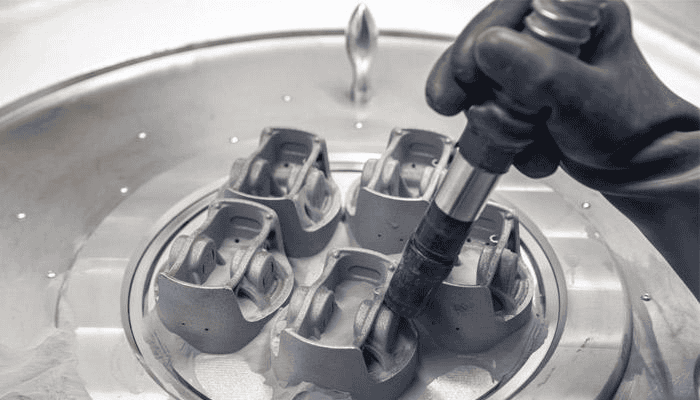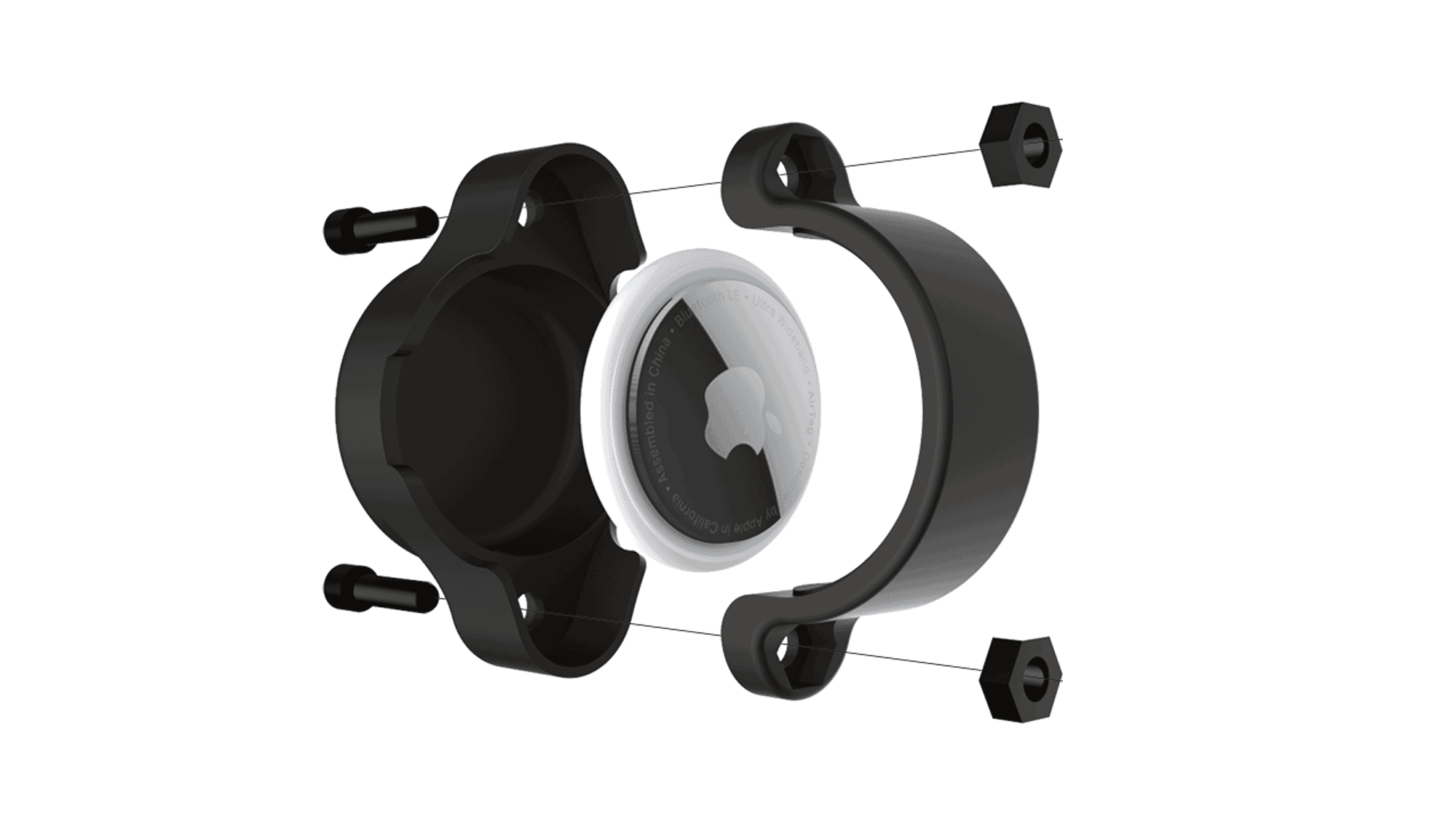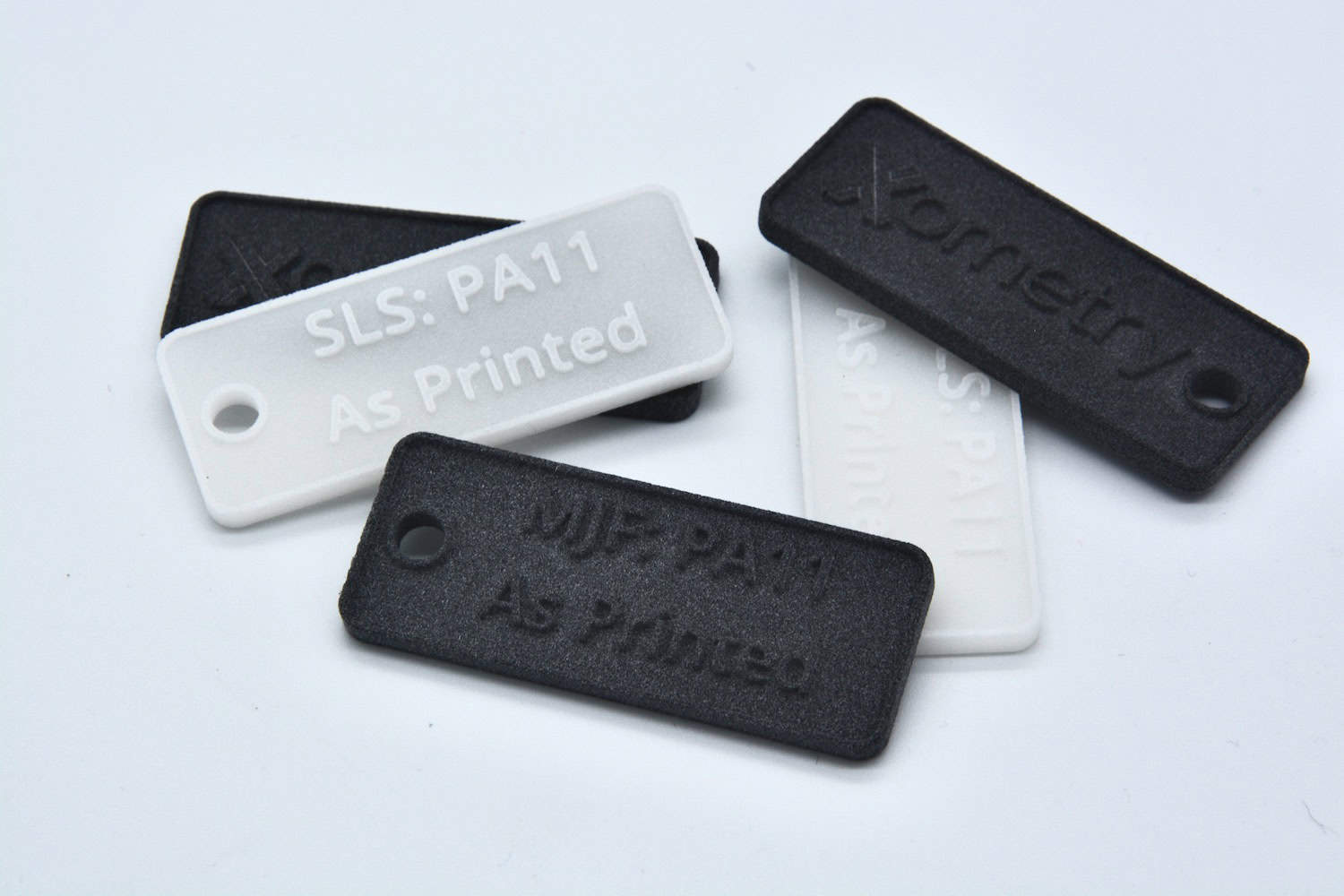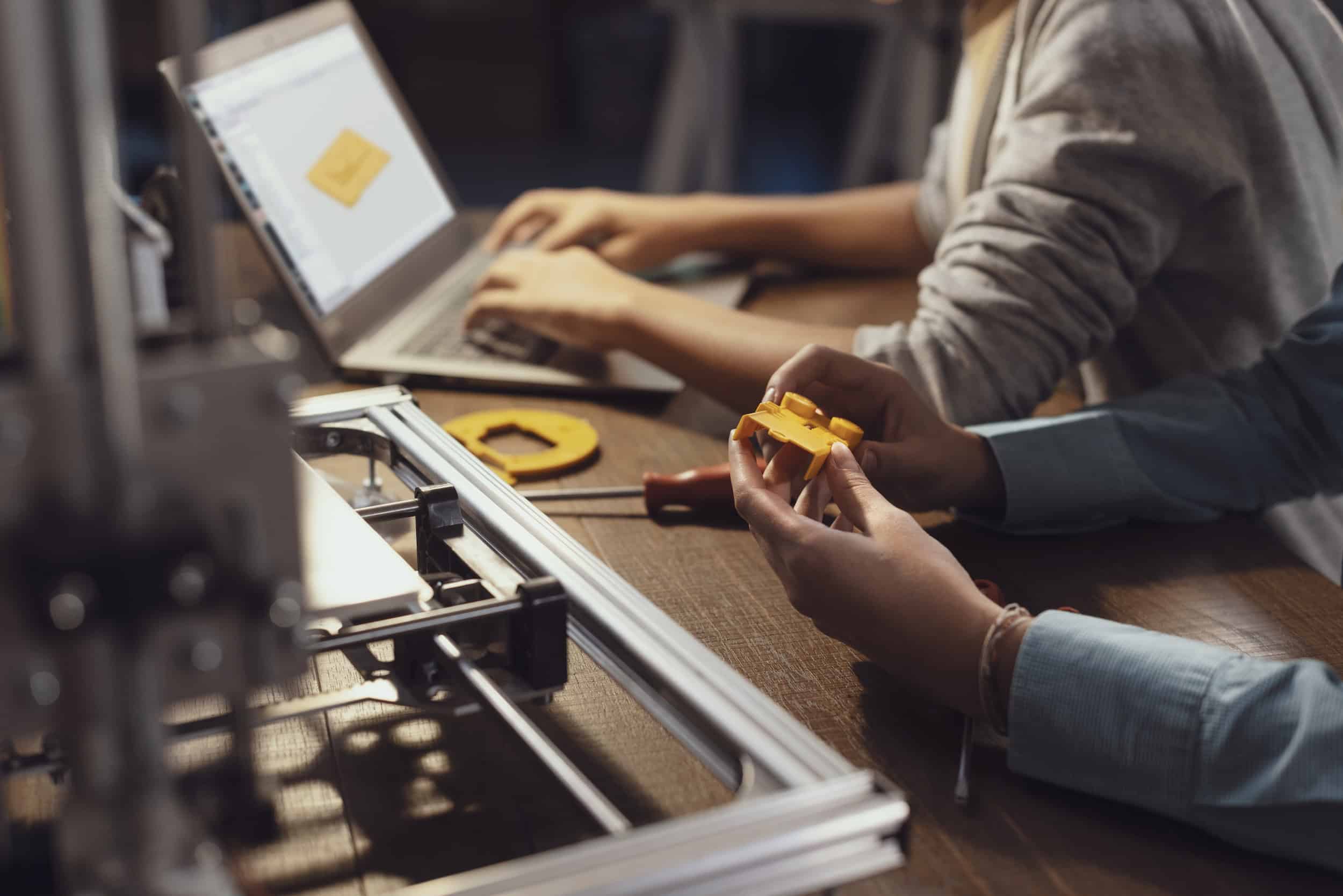The quick, innovative and ease of operation of additive manufacturing makes it one of the go-to options to manufacture industrial goods and equipment. The industrial goods category include the production of machinery and tooling utilised in the production of other goods.
This segment usually employs conventional manufacturing technologies like CNC machining which incur a lot of cost and time, 3D printing can serve as an addition or as a substitute to conventional machining in the reduction of costs and time.
Why 3D Printing in Industrial Goods?
Prototyping
Irrespective of the field, 3D printing is hands down the best technology for prototyping. Industrial goods manufacturing involves a lot of money that goes into research, development where it undergoes a lot of iterations from the initial design phase to the final manufacturing phase.
In order to cut costs and keep up with the market demand, the process should be cheap and quick 3D printing, also called rapid prototyping, is ideal for this purpose.
Design Complexity and Innovation
Additive manufacturing can produce components with fewer design restrictions that are tough to produce using traditional manufacturing processes. This design flexibility paves a way for innovation by making it possible to add improved functionalities like lower weight (through lattice structures), and complex geometries that are not possible through traditional processes.
Furthermore, new AM technologies are increasingly able to produce multi-material printed parts with individual properties such as electrical conductivity and variable strength. These AM processes play an important role in creating safer, lighter, faster and more efficient machines of the future.

On-demand Production
Additive manufacturing facilitates on-demand production of any product with a controlled cost structure and fixed lead time, which significantly improves the rate of manufacturing by reducing the time to design and launch a product.
One more advantage is, new and old devices can be easily produced with multiple 3D printing materials and to the desired volume directly from a manufacturer’s digital inventory or a customer’s CAD model. This transforms the supply chain and allows manufacturers to instantly meet the demands.
Applications of 3D Printing in Industrial Goods
Tooling
One of the chief applications of 3D printing in the industrial sector is tooling which involves the printing of light and durable jigs, fixtures, gauges. Injection moulding dies can also be easily manufactured with the help of metal 3D printing. A lot of time and design iterations go into this die making. But with the ability of 3D printing to achieve complex designs, conventional patterns in mould cooling can be replaced with advanced cooling channels which reflects in the efficiency by improving the cooling mechanism of the mould.
End-use Parts
Metal 3D printing along with polymer 3D printing has already proved their worth in the market. Many sectors like automotive and aerospace have already started using additive manufacturing in their operations because of the reduced lead time and low cost in prototyping. Automotive giant Porsche has started manufacturing engine pistons with 3D printing.

Swiss aerospace company RUAG has used 3D printing in optimising its existing satellite bracket design, thereby launching 3D printing even into space.

Spare Part Production
With the help of CAD, designs for literally all parts can be stored as a digital copy in a computer hard drive thereby eliminating the need to maintain an inventory. With the use of 3D printing, a spare part could potentially be produced on-demand. The accessibility of the technology will encourage suppliers to open up new spaces to provide an easy supply of 3D printed components and spare parts.
Even parts that no longer exist can be remade to requirement, on reverse-engineered based on digital scans of existing parts. Older designs may find themselves with a new lease of life and on the other side, spare parts of classic cars can be reproduced easily.
Conclusion
At Xometry, we offer fast, reliable, and highly accurate 3D printing services for thermoplastics, elastomers, and metals that are of immense benefit to industrial companies. We also offer various post-processing operations to ensure the utmost quality.
Regardless of quantity, precision, complexity, and required delivery time, we always have the manufacturing capacity to deliver. Head on to our Instant Quoting Engine to upload your models and receive a quote in seconds, absolutely free.
 Europe
Europe  Türkiye
Türkiye  United Kingdom
United Kingdom  Global
Global 

 Login with my Xometry account
Login with my Xometry account  0
0


 Download
Download




